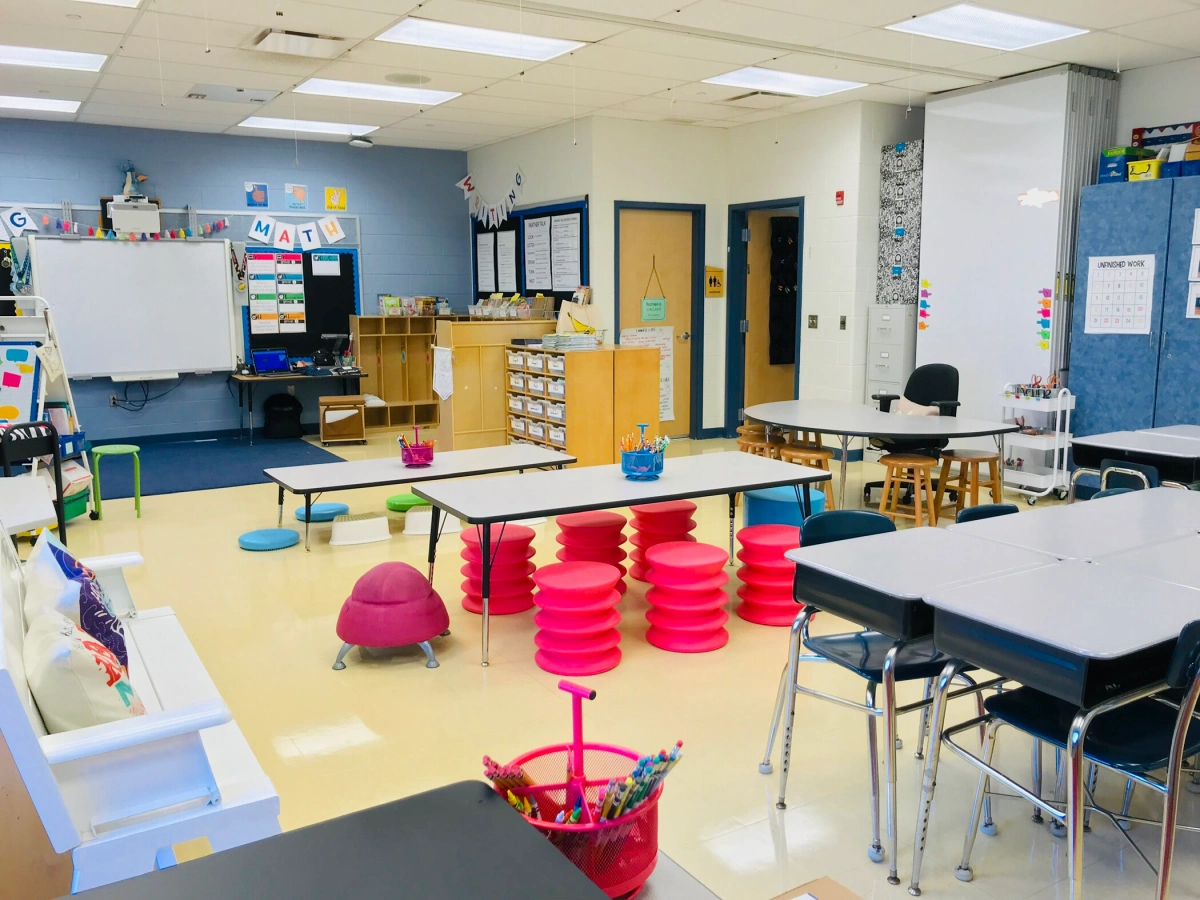The traditional classroom setting with rows of desks facing a blackboard is a familiar sight to many. However, educators and designers are increasingly embracing flexible seating as a way to transform the learning environment. But what exactly is flexible seating and what benefits does it bring to the classroom?
Flexible seating refers to a classroom setup that offers students a variety of seating options, such as bean bags, stools, couches, standing desks, and traditional chairs. This approach prioritizes student choice and comfort and aims to create a more dynamic educational space. Below we explore the key benefits that flexible seating can offer for both students and teachers.
1. Promotes Student Engagement
When students are comfortable in their physical environment, they tend to be more engaged. Flexible seating allows students to choose where they work best which can lead to increased participation and interaction during lessons.
2. Encourages Collaboration
Flexible seats easily move around, which helps create spaces conducive to group work and peer-to-peer learning. This environmental shift can support collaborative projects and discussions as students can gather in small groups without being constrained by rigid desk arrangements.
3. Supports Student Choice and Autonomy
Providing various seating options instills a sense of autonomy in students; they’re not assigned a specific seat but instead have the freedom to choose their spot daily. This freedom can boost their decision-making skills and promote a sense of responsibility for their learning process.
4. Accommodates Different Learning Styles
Not all students learn best in the same way or position. Some might prefer standing while others might focus better while sitting on a floor cushion. Flexible seating allows each student to find the position that suits their learning style best.
5. Improves Physical Health
Sitting in the same chair all day can lead to poor posture and discomfort. A flexible seating arrangement encourages movement throughout the day which can help stimulate blood flow, burn more calories, and even improve core strength.
6. Helps Students with Special Needs
Students with sensory processing issues or those who are hyperactive might find traditional seats limiting or uncomfortable. Flexible seating can be soothing and provide an outlet for excess energy, thus creating an inclusive environment for all learners.
7. Redesigns Space for Multipurpose Use
With movable furniture elements, classrooms can quickly transition from lecture space to workshop areas or individual study zones – maximizing the usability of limited space resources within schools.
In conclusion, integrating flexible seating into classrooms isn’t just about breaking away from tradition; it’s about cultivating a learning space that caters to diverse needs and encourages active engagement. Although implementing this setup requires thoughtful planning around classroom management and organization, its potential impact on student well-being and academic performance makes it an appealing option for modern education settings.





